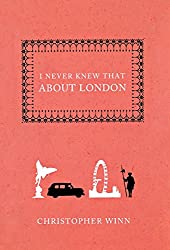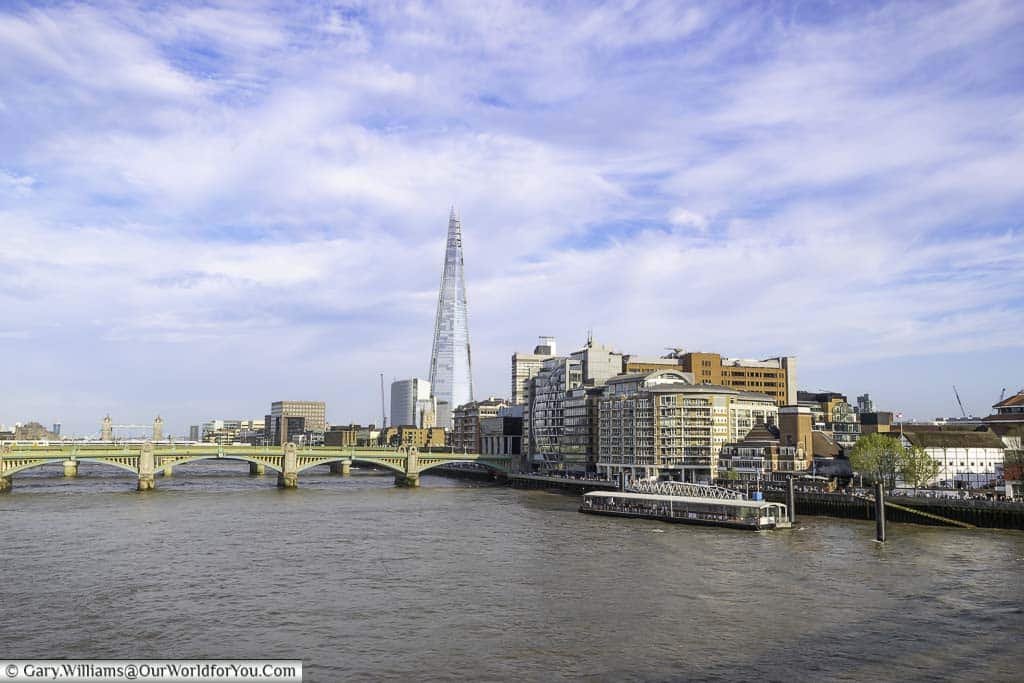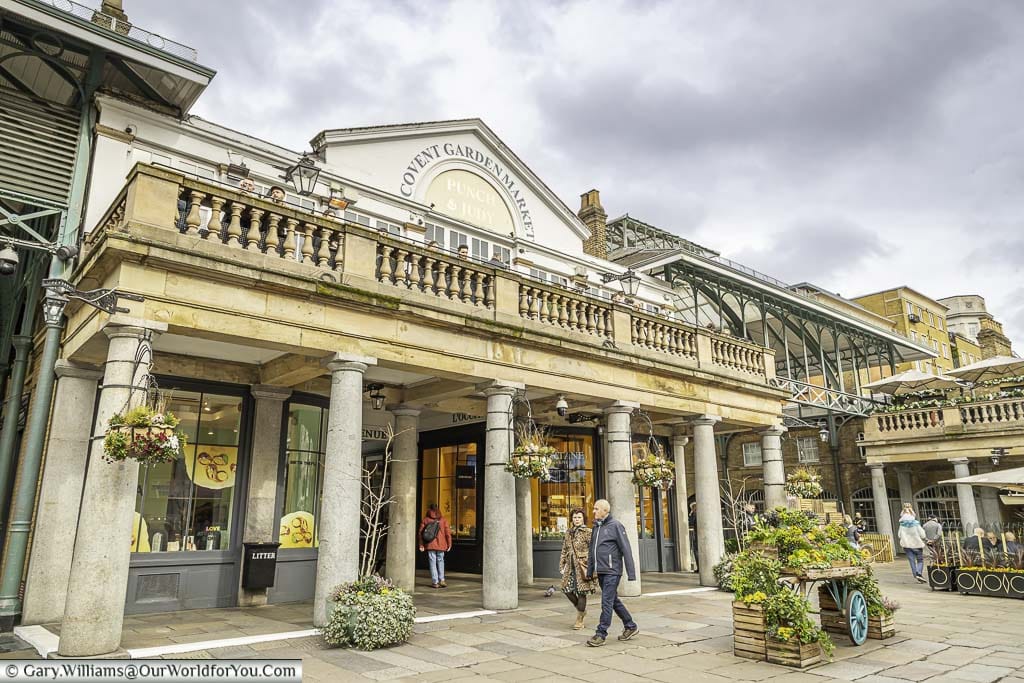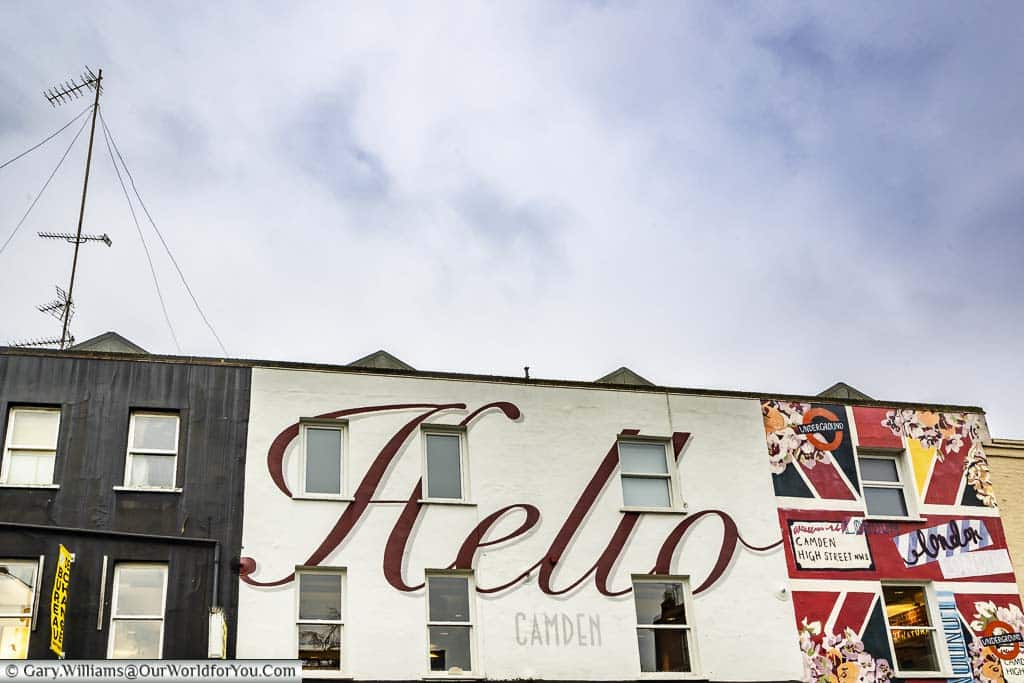Where Kings and Queens are crowned
I’d been longing to visit Westminster Abbey for years, so often I had seen it on the TV, either watching Regal ceremonies or catching a fascinating historical insight into the day-to-day life of Westminster Abbey. Finally, we were here in London at Westminster, and it was going to be captivating.
Westminster Abbey is such a prominent landmark amongst the historic streets of Westminster. The majestic Gothic twin towers of Westminster Abbey stretch high into the sky, and its ornate façade and historic statues have peered down upon millions of footsteps for centuries. It holds a tender place in so many people’s hearts.
Everyone is welcome at Westminster Abbey. This is warmly felt as you stroll shoulder to shoulder with the local clergy and the abbey’s helpful volunteers and assistants.
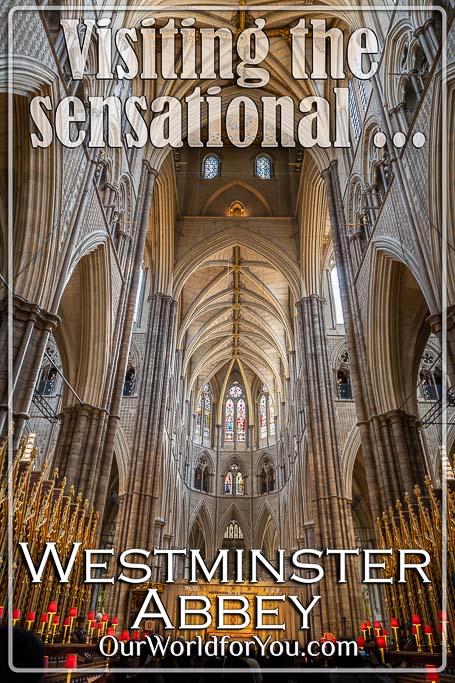
Westminster Abbey has been a place of worship for over 1,000 years, and services are still held in the church daily. Throughout the day, when you visit, you may hear an announcement from the pulpit that a short prayer will take place.
When you enter Westminster Abbey, ensure you pick up your audio guide. There are fascinating facts and stories divulged and all brought to life by the delightful actor Jeremy Irons.
Where is Westminster Abbey
How to get to Westminster Abbey
Westminster Abbey is located in Dean’s Yard in the heart of Westminster, and your nearest underground station is Westminster, which is on the Jubilee , District and Circle underground lines.
The abbey is just a few minutes walk from the station; however, with the many stunning architectural delights surrounding you, it may take a little longer.
London’s underground network is so easy to use now, just tap in and out with your phone, and your journey is underway.
A little history of Westminster Abbey
Coronation of our monarchs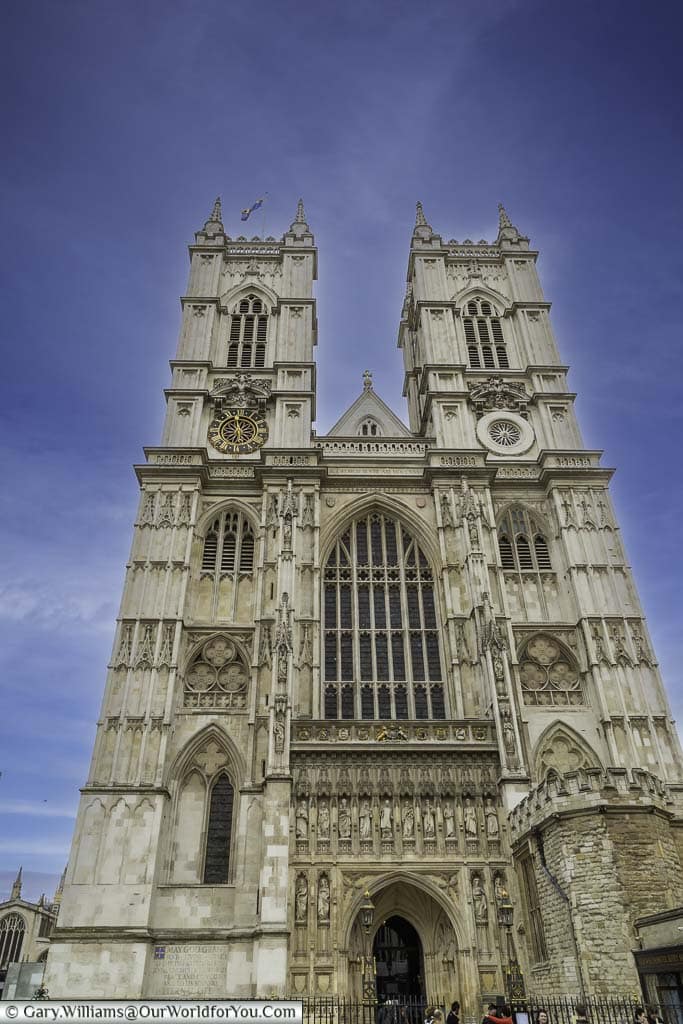
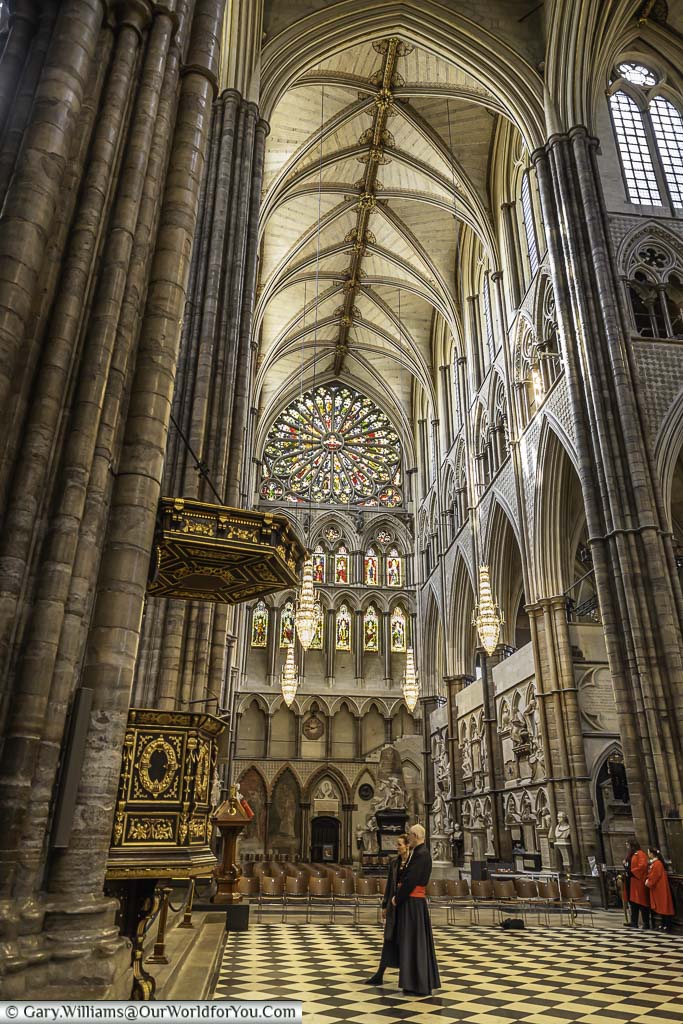
The following year William the Conqueror defeated the English at the Battle of Hastings. On Christmas Day in 1066, the first coronation occurred in Westminster Abbey. Since the coronation of William, the Conqueror, 39 English and British monarchs have been crowned here, with the 40th coronation of King Charles III to occur on 6th May 2023.
The ancient oak Coronation Chair can be admired within St. George’s Chapel in Westminster Abbey. It will once again be used for King Charles III’s coronation. The Coronation Chair was commissioned by King Edward I in 1296 and is one of the world's most treasured pieces of furniture.
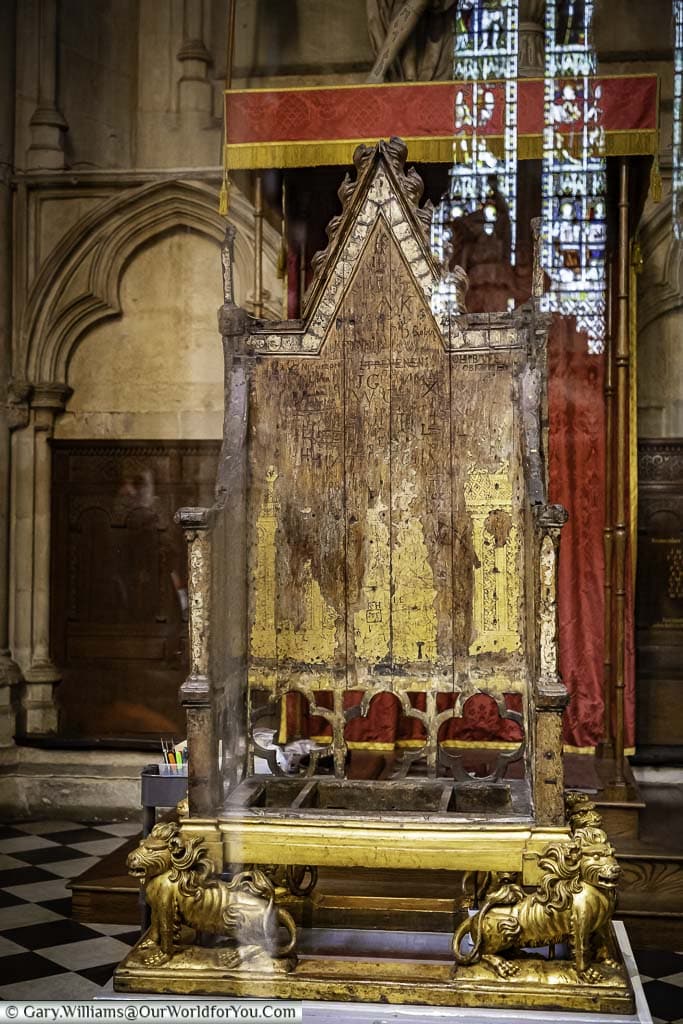
When King Edward I had the Coronation Chair made, he insisted that the Stone of Scone, which historically, Kings of Scots were crowned upon, sat within the base of the chair.
The Stone of Scone has caused controversy over many years and was returned to Scotland in 1996. The stone lies within Edinburgh Castle and will be temporarily returned for future coronations.
Westminster Abbey was inscribed onto the UNESCO World Heritage List in 1987, along with the Palace of Westminster and Saint Margaret’s Church.
A poignant reminder in Westminster Abbey
The grave of the Unknown Warrior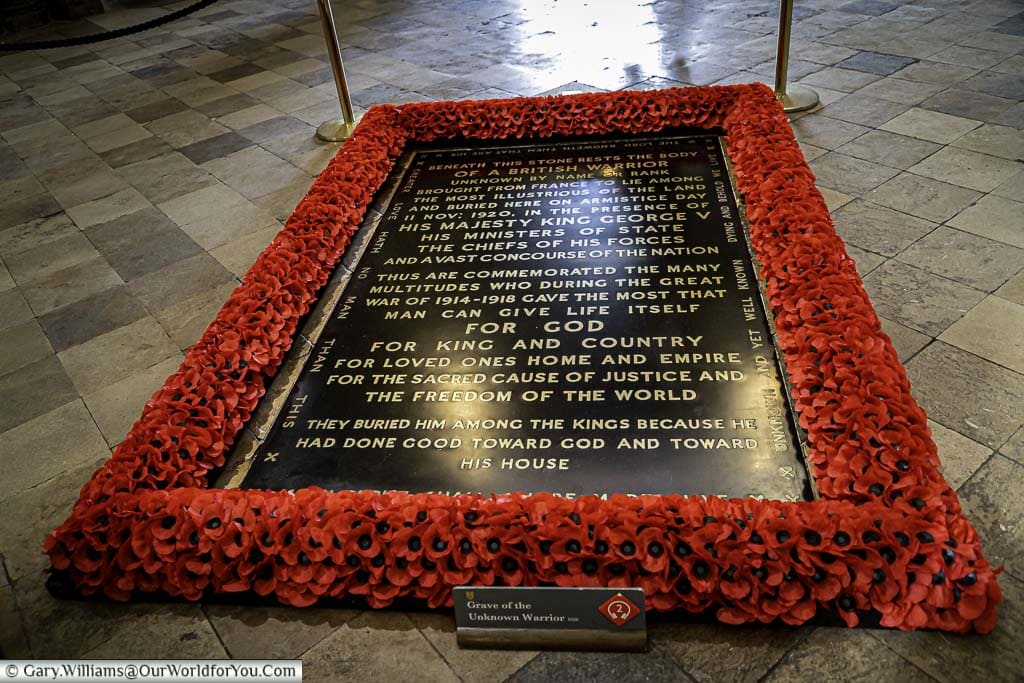
Although, the most poignant and important grave within the abbey is the heart-wrenching tomb of the Unknown Warrior. The unidentified remains of a British soldier were returned from the battlefields of the First World War. The heroic soldier was buried on 11th November 1920 beneath soil retrieved from the gruelling battlefields.
The memorial stone on the Unknown Warrior's tomb is the only grave within Westminster Abbey that is never walked upon.
Did you know?
The Nave of Westminster Abbey
Scientist’s CornerThe magnificent gothic Westminster Abbey, which we see today, was built on the order of Henry III in 1245; this elegant building is one of Britain’s most principal gothic structures.
Heading along the breath-taking Nave, your eyes are drawn towards the golden Quire screen, which includes a monument to Sir Isaac Newton. Stretching far above you is a beautiful, vaulted ceiling extending along the abbey's entire length. The present Nave was finished in 1517 and took nearly 150 years to complete.
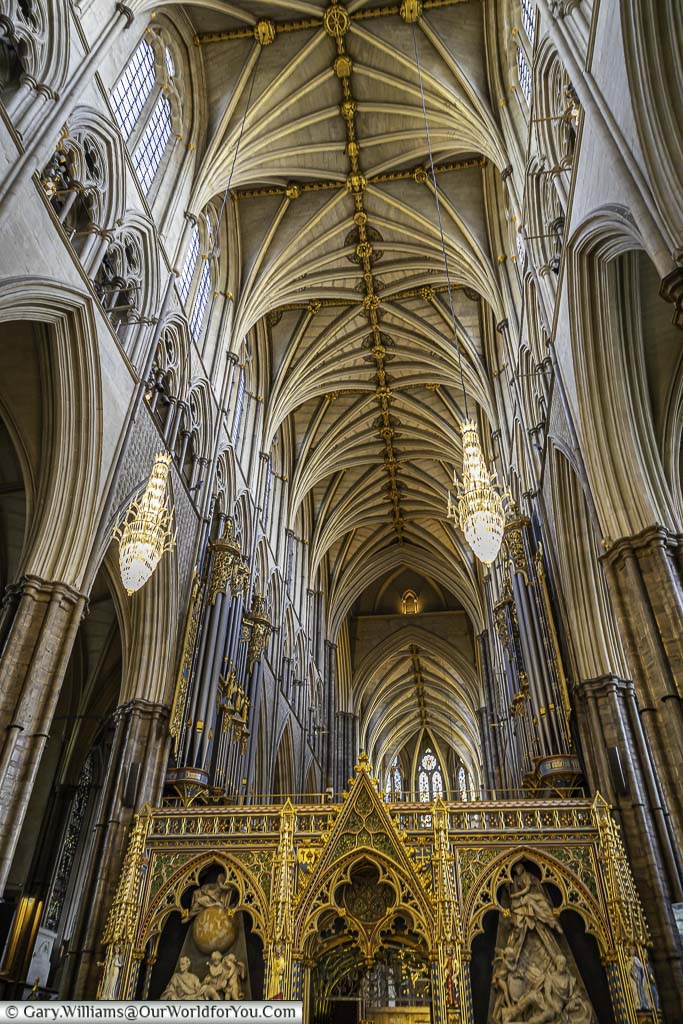
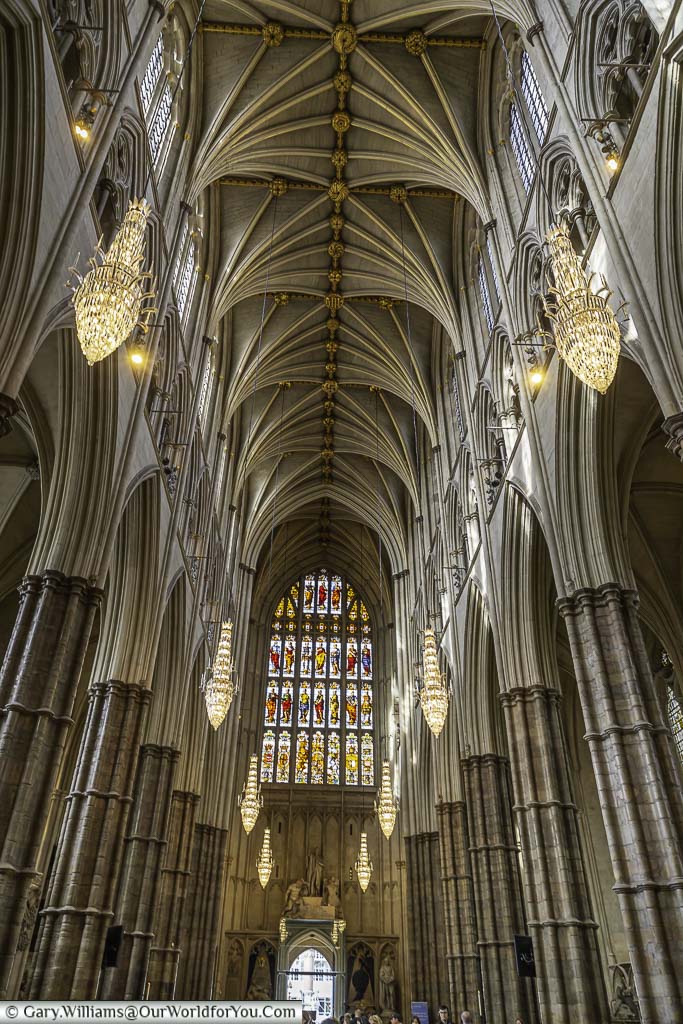
Prior to stepping through the Quire screen, take a while to remember the incredible scientists that are commemorated within Westminster Abbey.
In Scientist’s Corner, not only will you see the grave of Sir Isaac Newton but also a splendid monument to the scientist, mathematician, and astronomer.
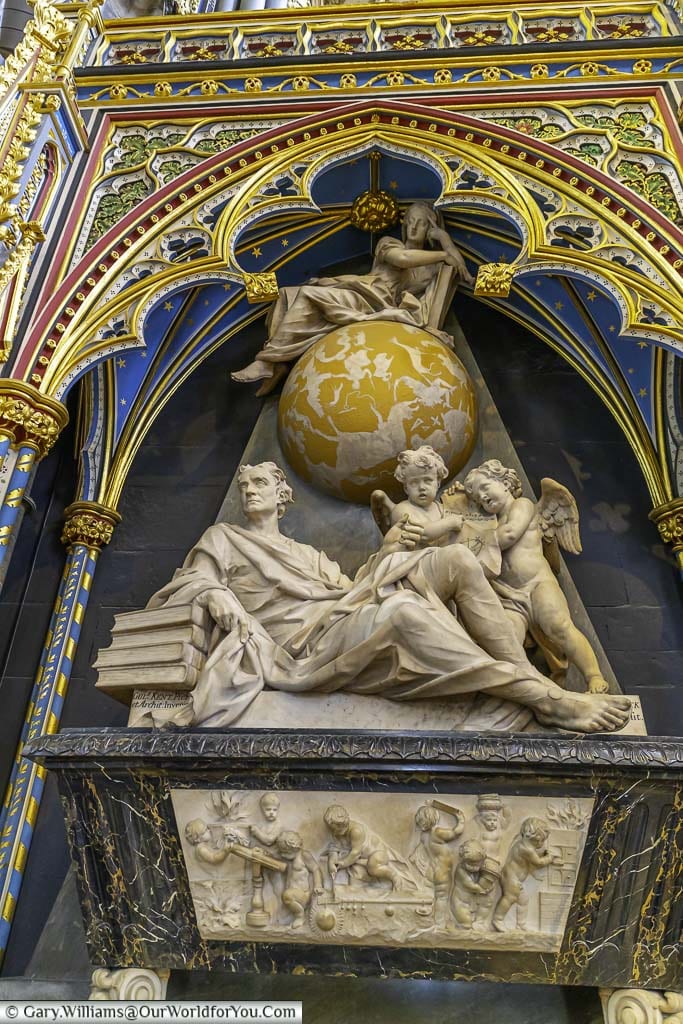
Nearby is the gravestone of Charles Darwin, the remarkable naturalist, scientist, and writer who died in 1882.
Two of the more recent stones laid within Westminster Abbey are that of Sir Roger Bannister, who was the first man to run a mile in under four minutes and a pioneering neurologist.
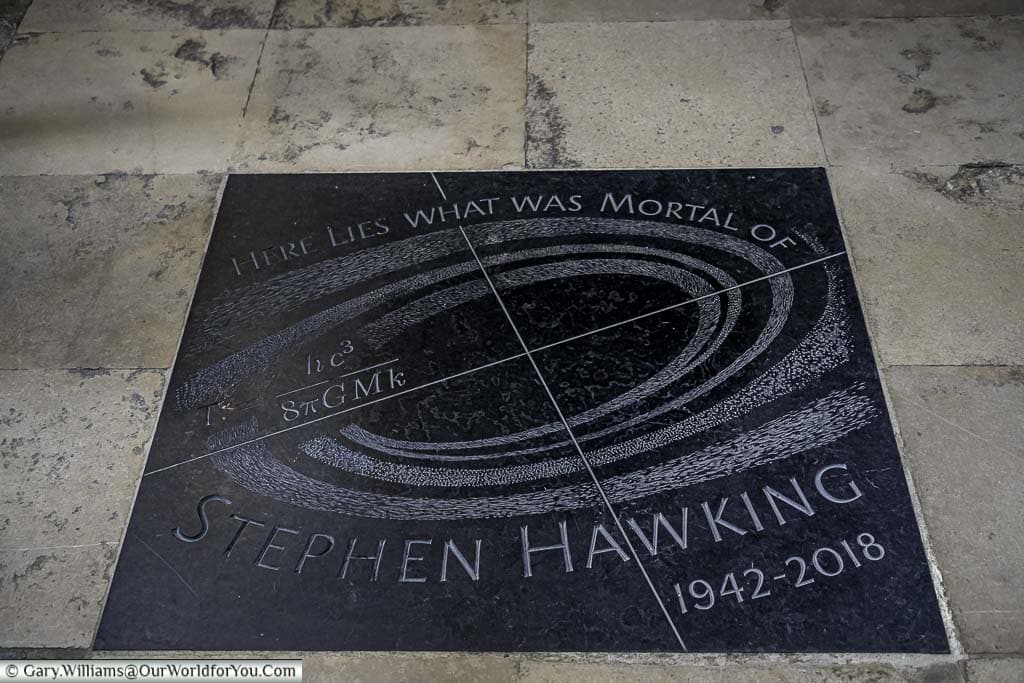
The Quire of Westminster Abbey
High Altar and Cosmati PavementIt was indeed a wow moment as I stepped through the ornate screen into the Quire. I’ve seen pageantry passing between the choir stalls, and it doesn’t disappoint when you see it up close and personal.
The abbey’s clergy and choir continue to worship here daily. The elaborate stalls on the upper level are unbelievably stunning. Some of the higher stalls have name plaques indicating who would be seated there during special occasions and ceremonies, including High Commissioners from Commonwealth Countries.
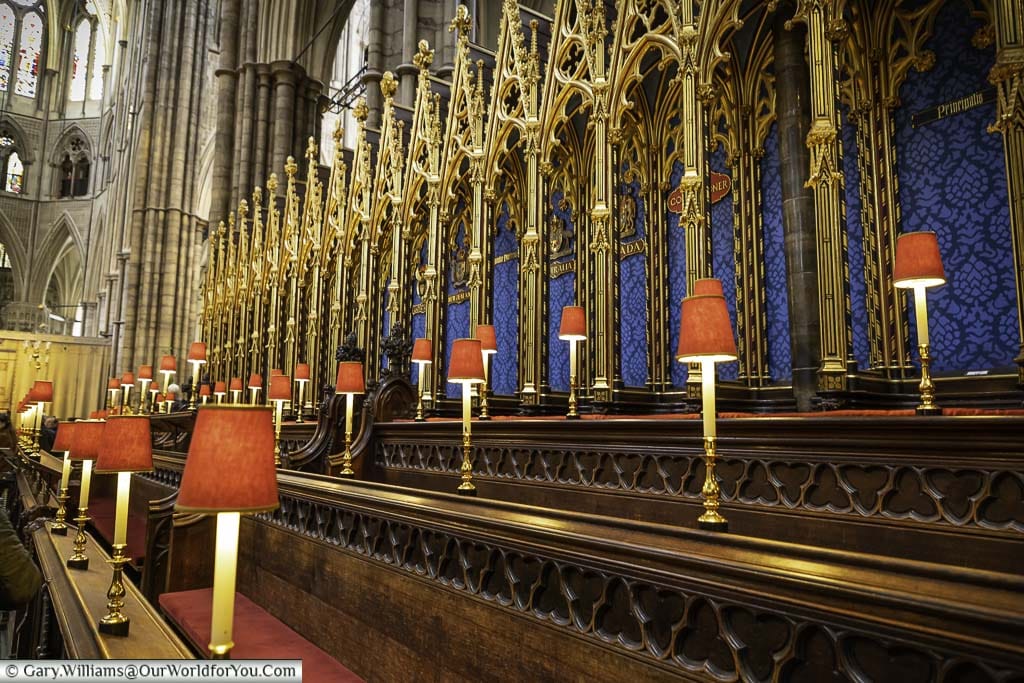
Passing through the Quire, we arrive at the High Altar, the most sacred part of the Christian Church. The ornate gold High Altar was covered during our visit as we arrived during Lent. White linen hangings were draped across the altar and frontal. This certainly didn’t distract you from the Cosmati Pavement laid at its feet. The High Altar is where the eucharist takes place.
Behind the High Altar is the Shrine of Sir Edward the Confessor.
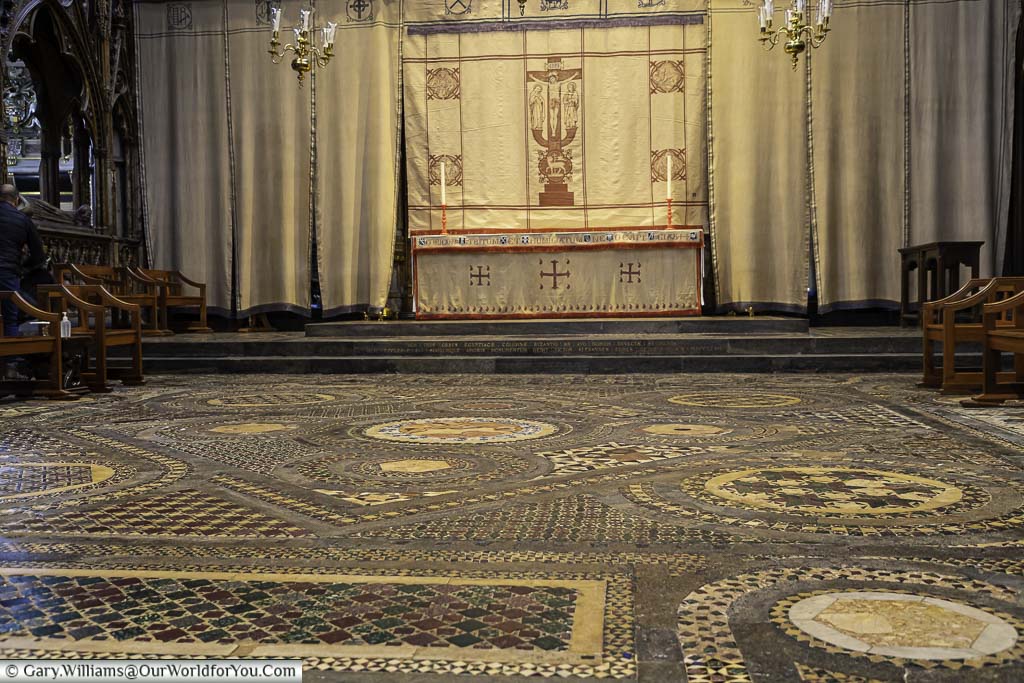
The Cosmati Pavement was laid in 1268 during the reign of Henry III. The historic pavement is exceptionally unique, and the medieval artwork was painstakingly installed by craftsmen from Rome. The fine intricate glass and marble mosaics are set within a huge marble floor.
The Coronation Chair is placed in the centre of the Cosmati Pavement, facing the altar, when the Kings and Queens are anointed and crowned.
If you've yet to discover London and its ancient history, then let's start planning. I find these DK Eyewitness Travel Guides invaluable. They're extremely informative, easy to follow, and the pictures and maps tempt you into discovering more of those fascinating sites.
You can now grab a recently revised copy of this guidebook, so you won't miss a thing.
Royal tombs within Westminster Abbey
Exquisite chapelsAs mentioned, the Shrine of Edward the Confessor sits in the heart of Westminster Abbey behind the High Altar. You are unable to enter the shrine as the flooring is extremely fragile. Although you can catch a glimpse of the top of the shrine from the North Ambulatory.
Edward built the church in 1065 and died shortly after; pilgrims visited Westminster Abbey to honour his shrine and continue today to catch a peek.
Edward the Confessor was declared a saint in 1161.
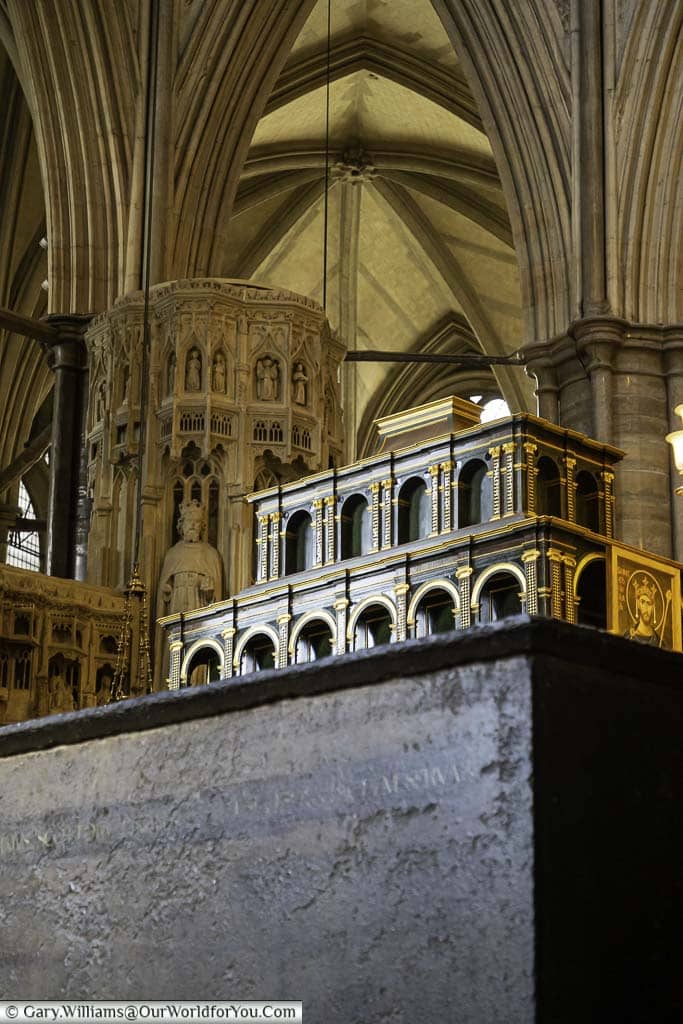
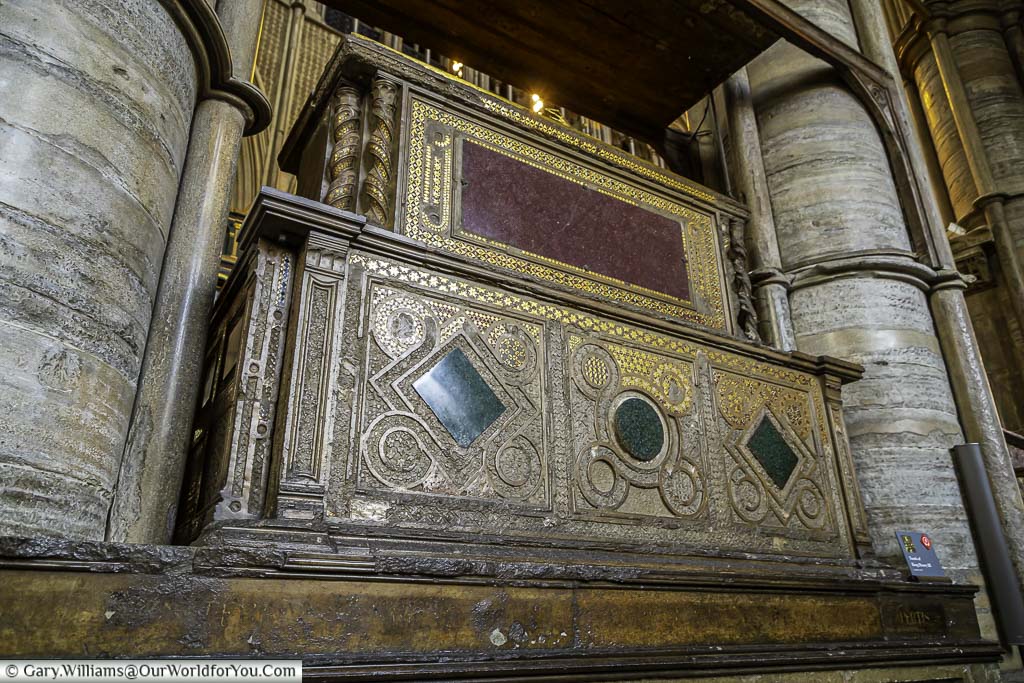
Opposite Henry III is the ornate stone Chantry Chapel; in this chapel is the tomb of Henry V, who was crowned in Westminster Abbey in 1413 and died in 1422.
Within the opposite aisle along the South Ambulatory is the tomb of King Edward III, who was crowned at the young age of 15 and ruled for 50 years.
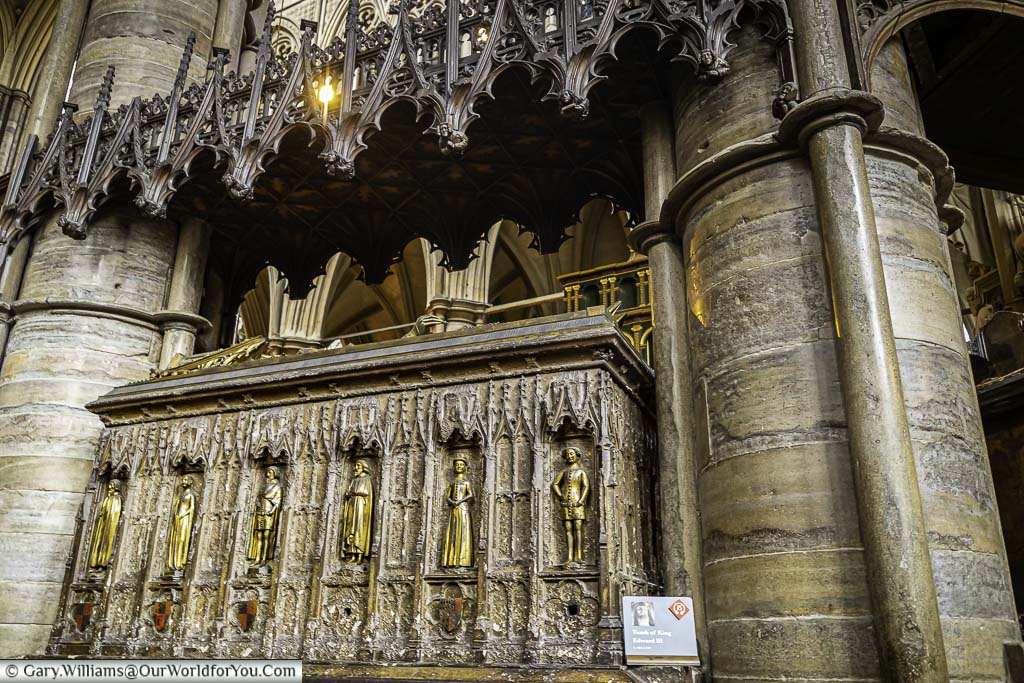
Where to stay in Westminster
The Lady Chapel
Tomb of Henry VIIAs you step up towards the Lady Chapel, ensure you visit the tombs of Elizabeth I and Mary I on the left side aisle.
The protestant Queen Elizabeth I died in 1603, the daughter of the Tudor King Henry VIII and Anne Boleyn. Elizabeth I is buried alongside her half-sister, the Catholic Queen Mary I.
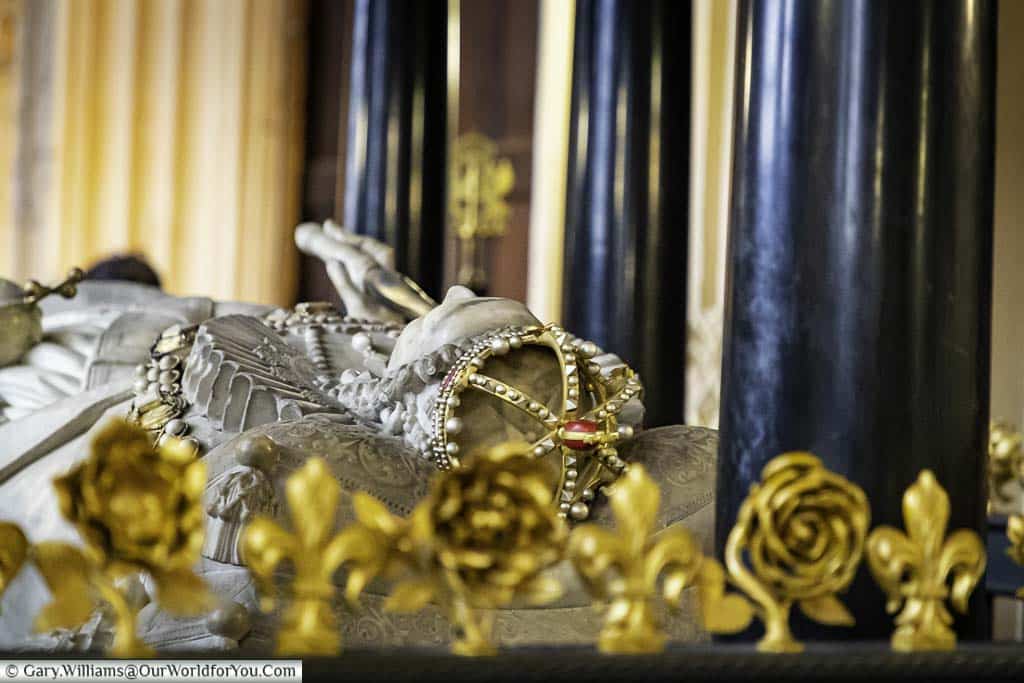
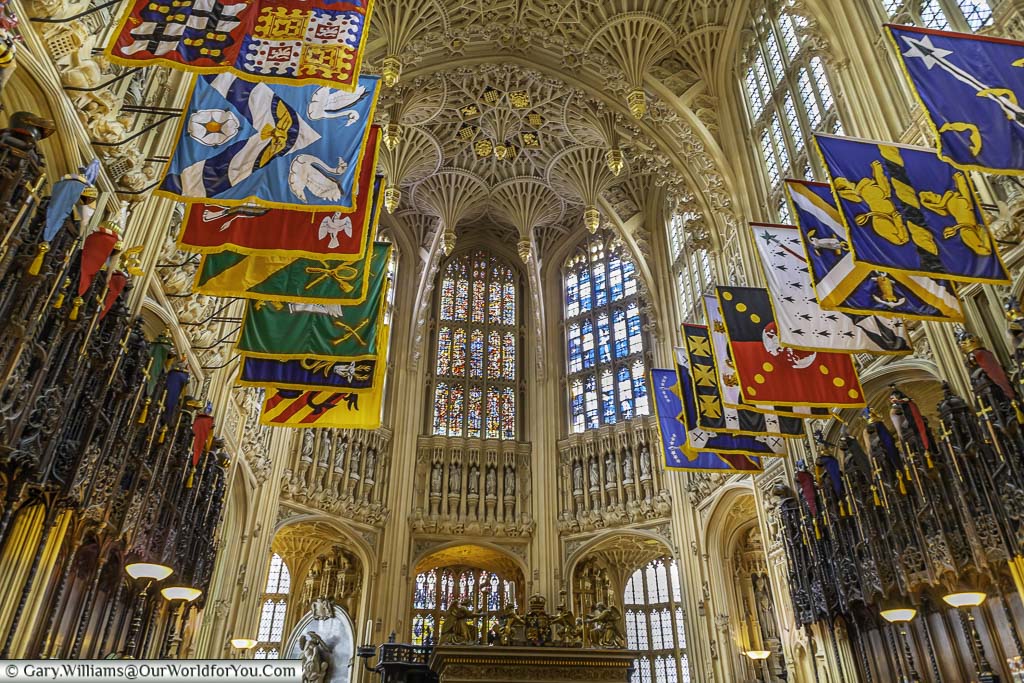
This exquisite Lady Chapel is like a church within a church, it is astonishing, the chapel has its own Nave, choir stalls and font. The Lady Chapel is the last resting place of fifteen Kings and Queens.
The Lady Chapel was built by King Henry VII, and in the centre of this ornate chapel is his tomb, along with his wife, Elizabeth of York. The fan-vaulted ceiling in the chapel is incredibly intricate. It is one of the finest examples of late medieval architecture.
The tomb of Henry VII’s grandson Edward VI lies in a vault in front of his grandfather’s crypt.
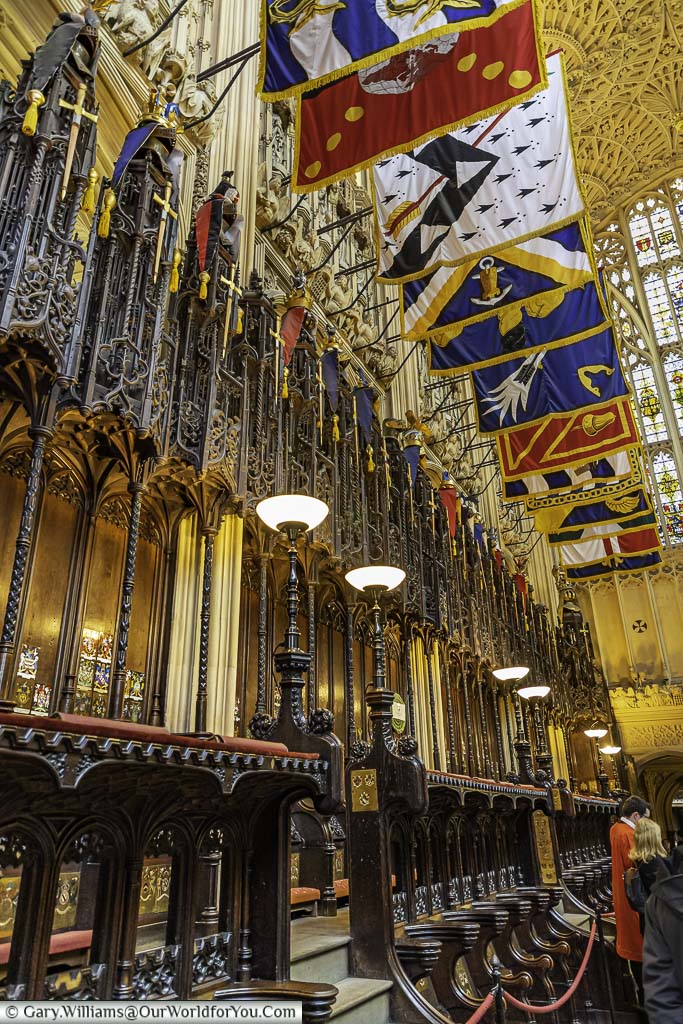
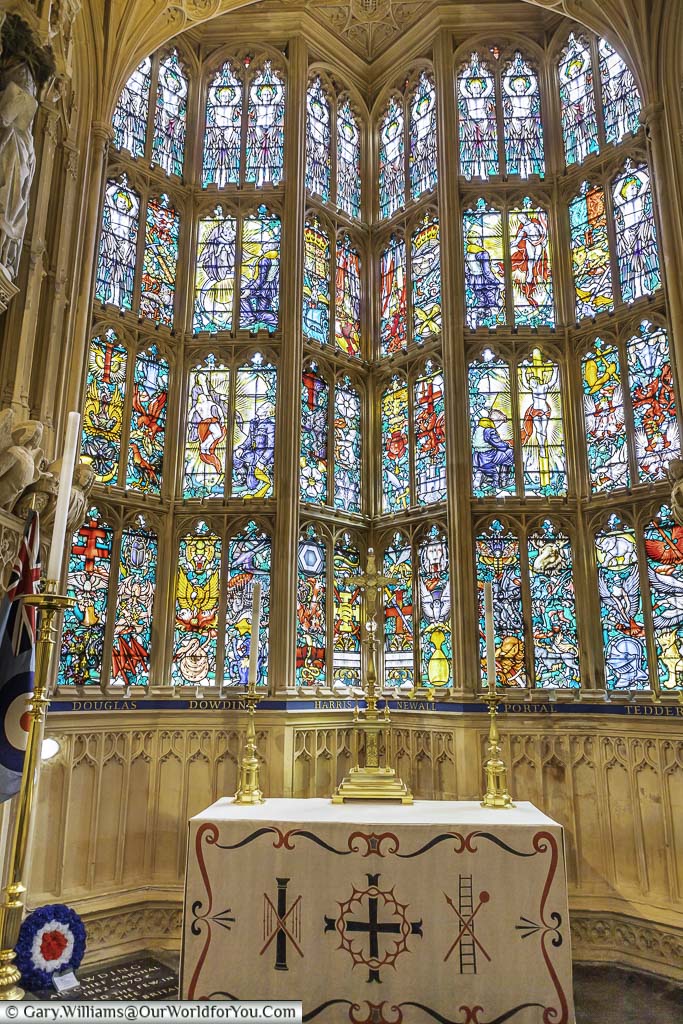
At the eastern end of the Lady Chapel is the RAF Chapel; here is the burial stone of Oliver Cromwell; however, his body was exhumed in 1661.
The poignant RAF Chapel was dedicated to those who died in the Battle of Britain in 1940. Depicted on the beautiful stained-glass window are the badges of the squadrons who fought in the battles and those of our allies from overseas.
Each September, a service is held in Westminster Abbey to remember the 1,497 pilots and crew who lost their lives.
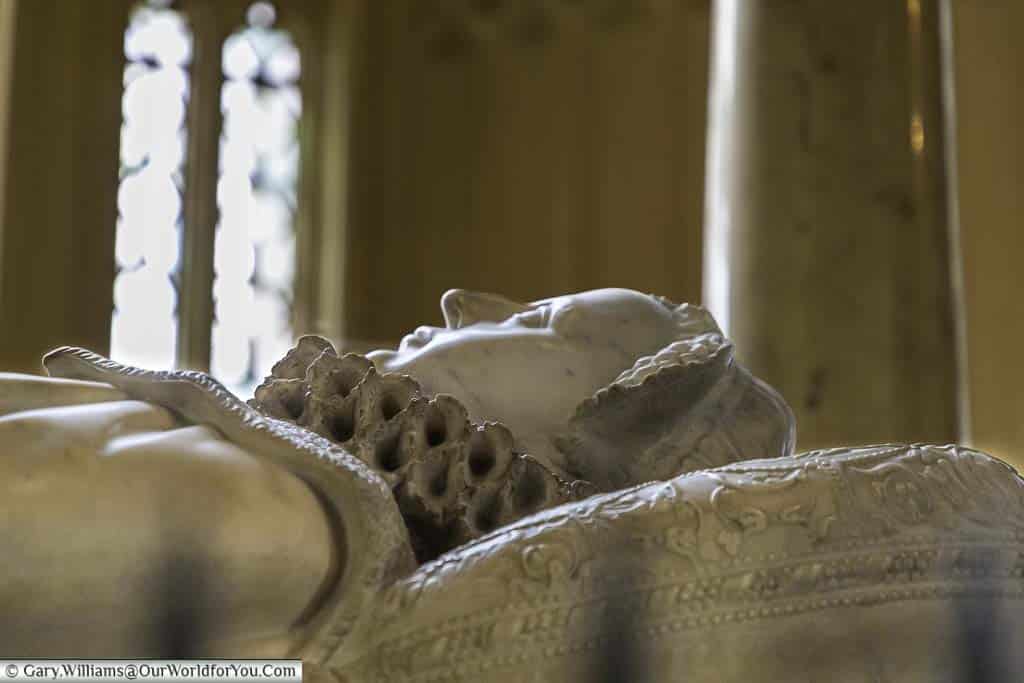
We have a little book on our shelves that we sometimes delve into when we're about to hit an area of London.
Packed full of historical facts, and broken down into the different regions of London, it's a great resource to help you see what's hidden in plain sight.
Available in Kindle & Hardback editions, it's an excellent addition to anyone's collection who loves London.
Exploring Poet’s Corner
The pen is mightier than the swordI’d really been looking forward to visiting Poet’s Corner at Westminster Abbey, and it certainly didn’t disappoint.
Among the eminent names in Poet’s Corner is the writer and poet Geoffrey Chaucer, who penned the famous Canterbury Tales. Chaucer was the first writer to have a monument in the south transept of the abbey, now known as Poet’s Corner. He was initially buried in 1400; however, in 1556, his remains were moved to a grander monument.
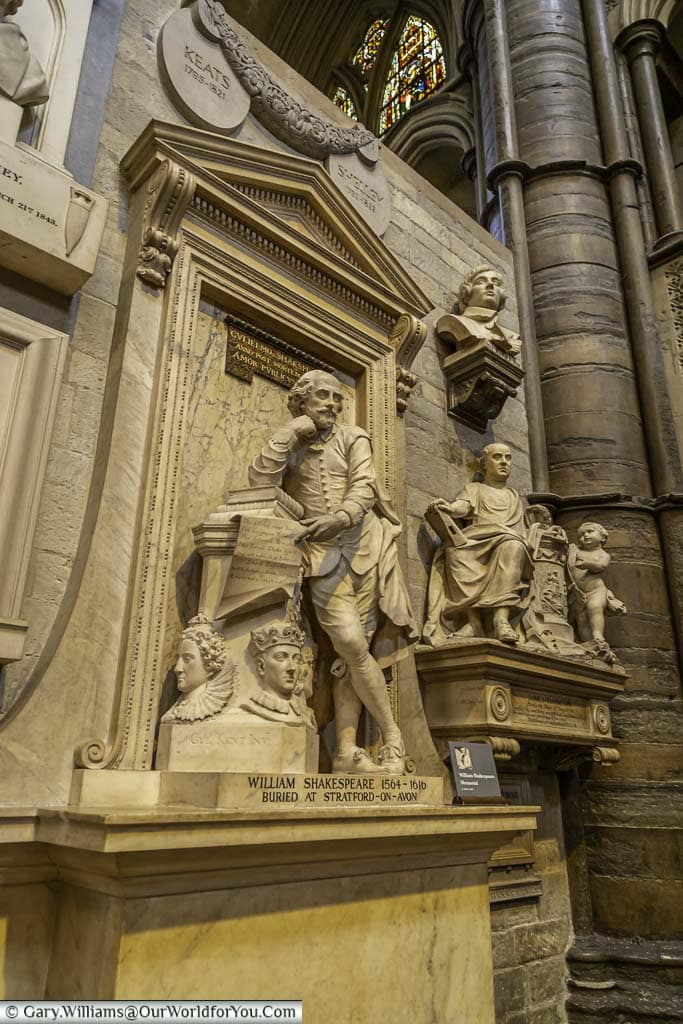
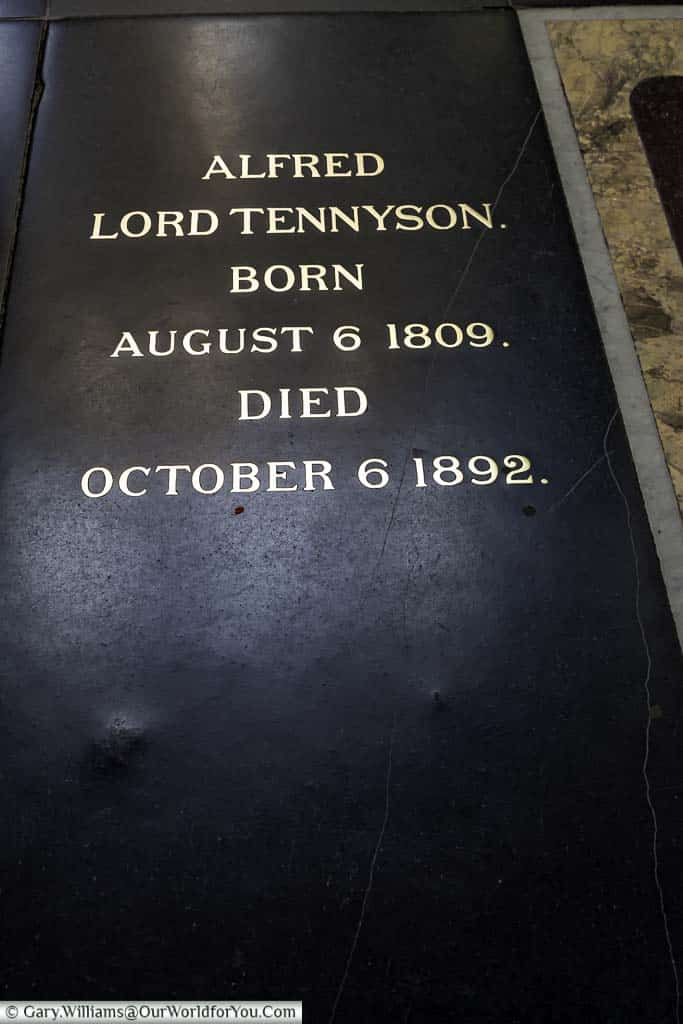
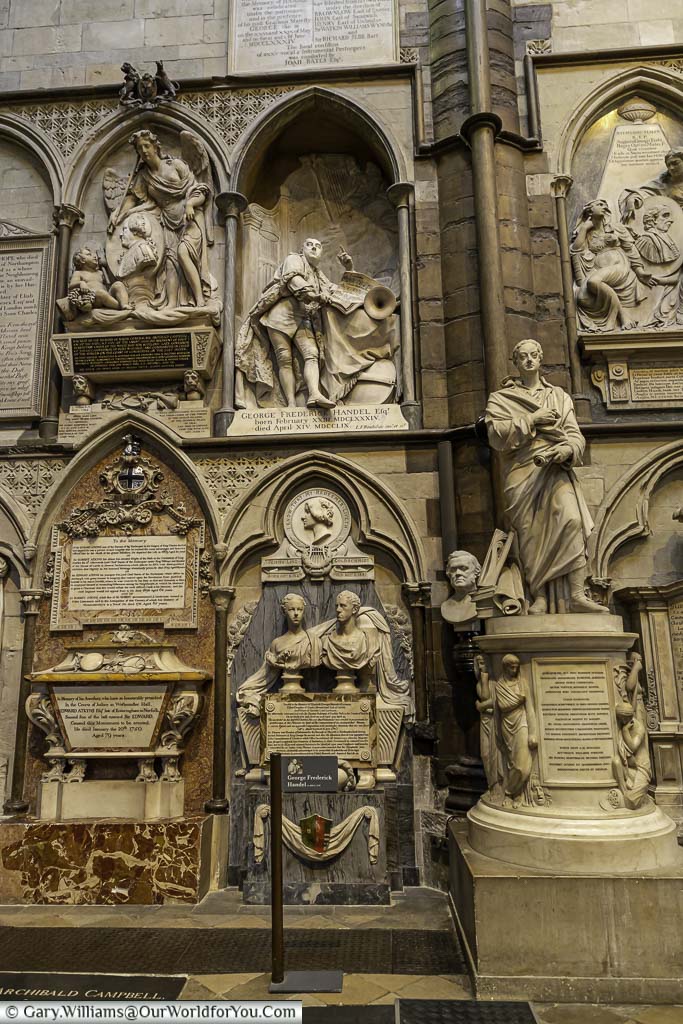
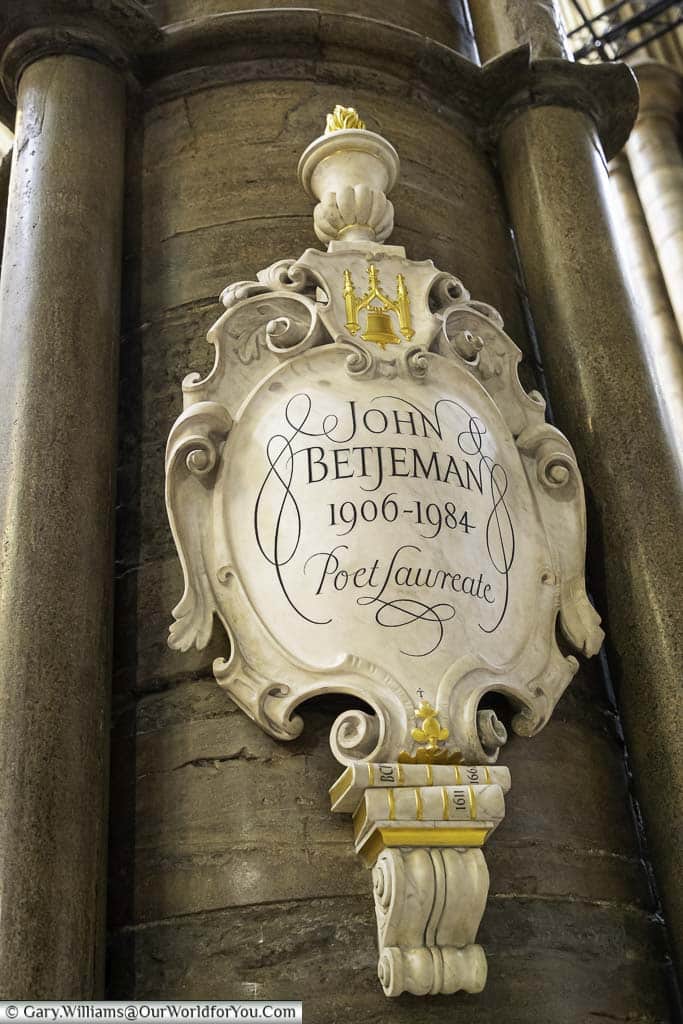
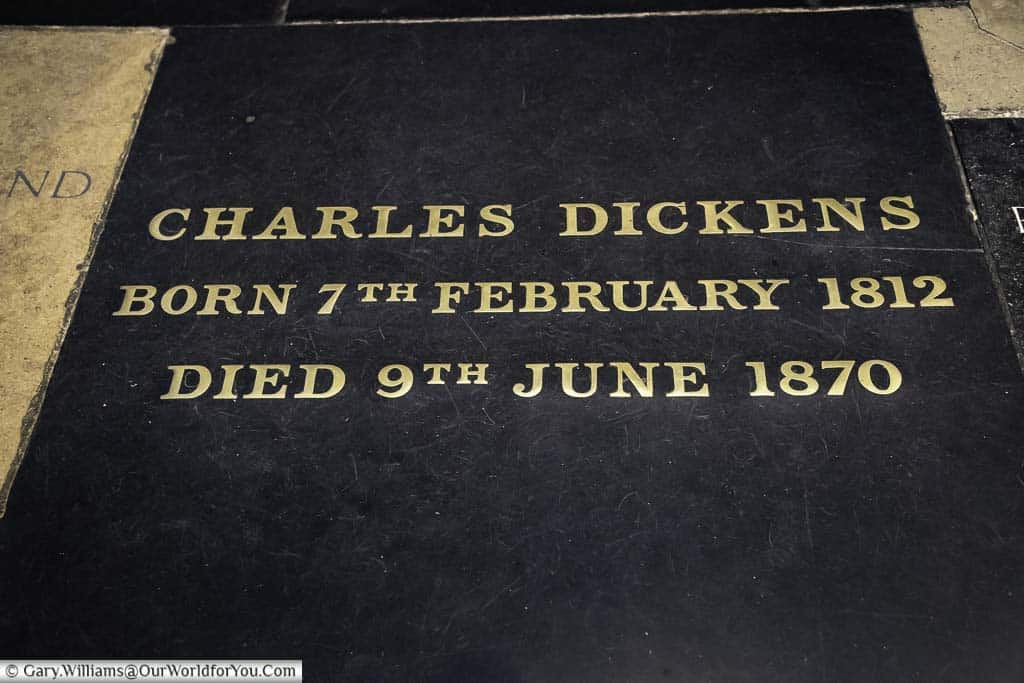
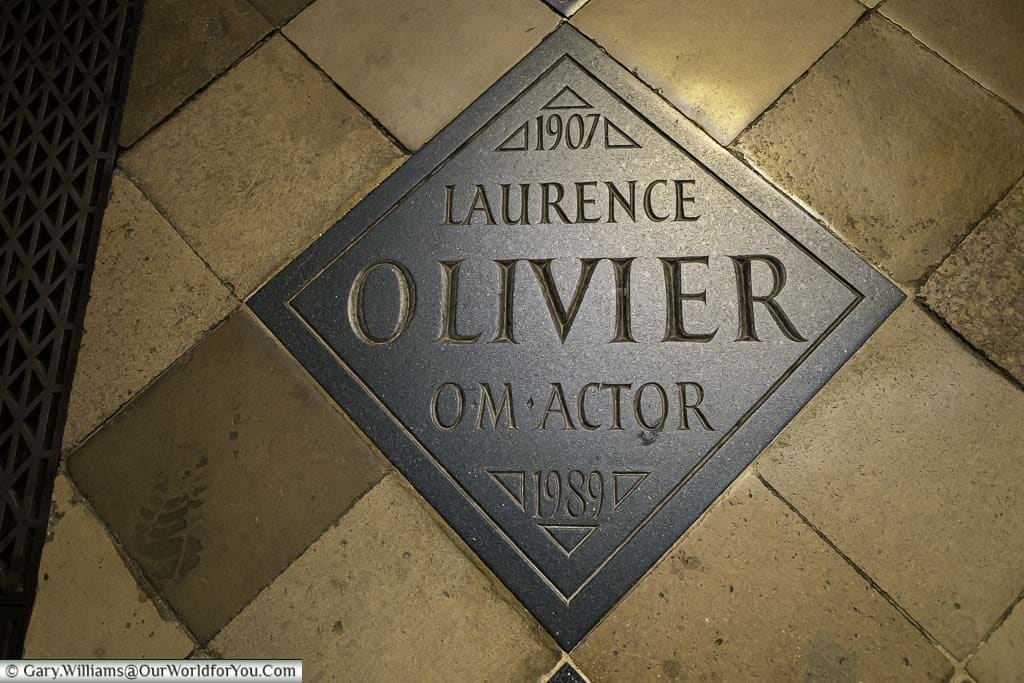
Statesmen and Politician’s
All are remembered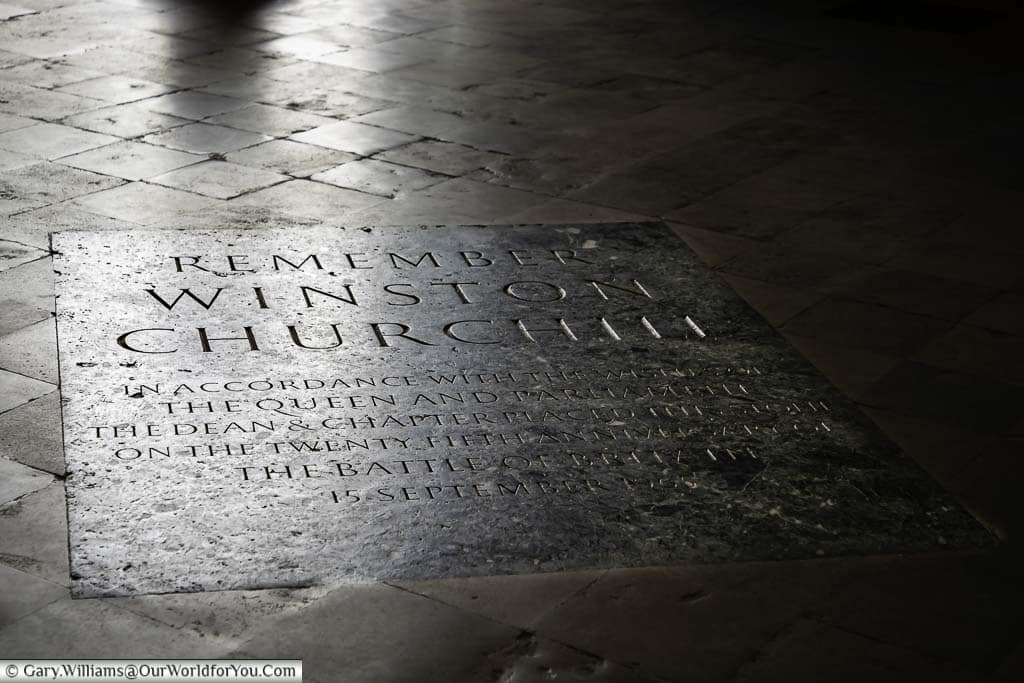
The most notable memorial is that of Sir Winston Churchill, who was given a state funeral in 1965.
Winston Churchill accomplished many things during his life and turned to art in his later years. Churchill’s home studio can be found in Chartwell House, Kent.
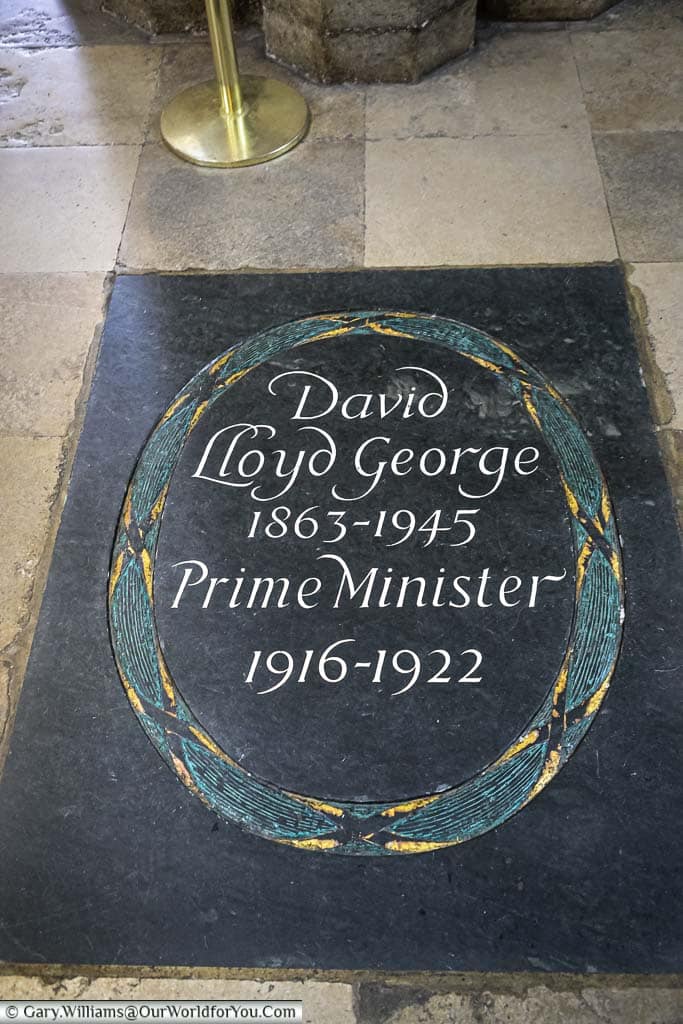
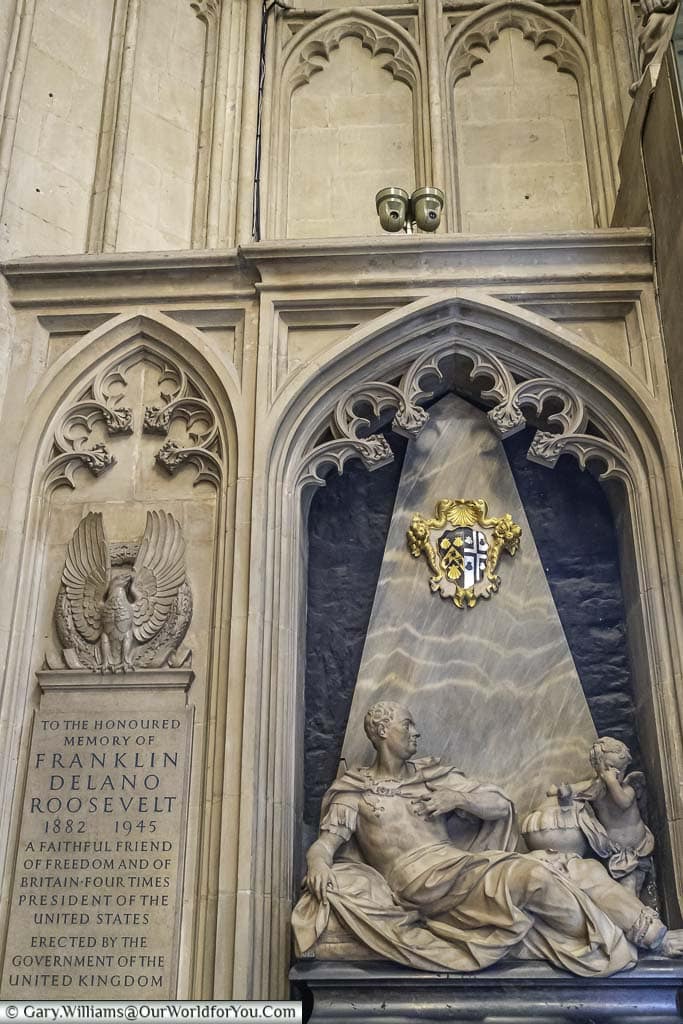
Nearby Sir Winston are the memorials of previous Prime Ministers David Lloyd George, Clement Attlee and Stanley Baldwin.
On the left-hand side, when leaving the abbey, is a memorial to Franklin D Roosevelt.
Explore London on foot
* This post may contain links to affiliated sites where we earn a small commission at no additional charge to you.

